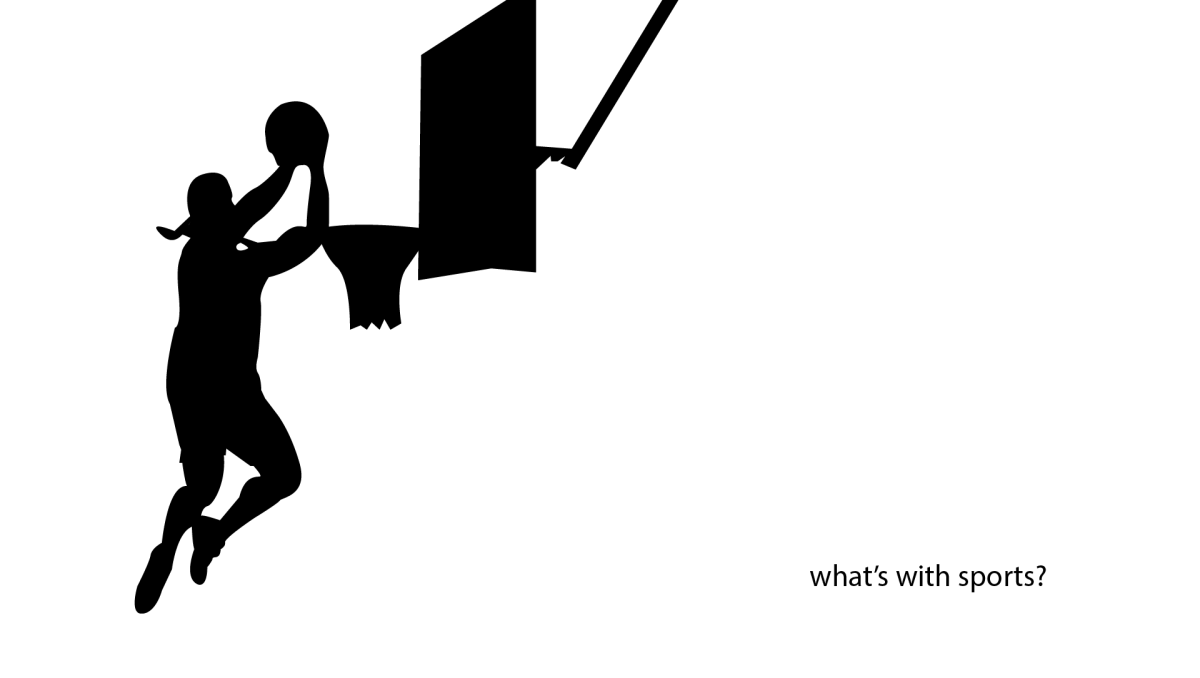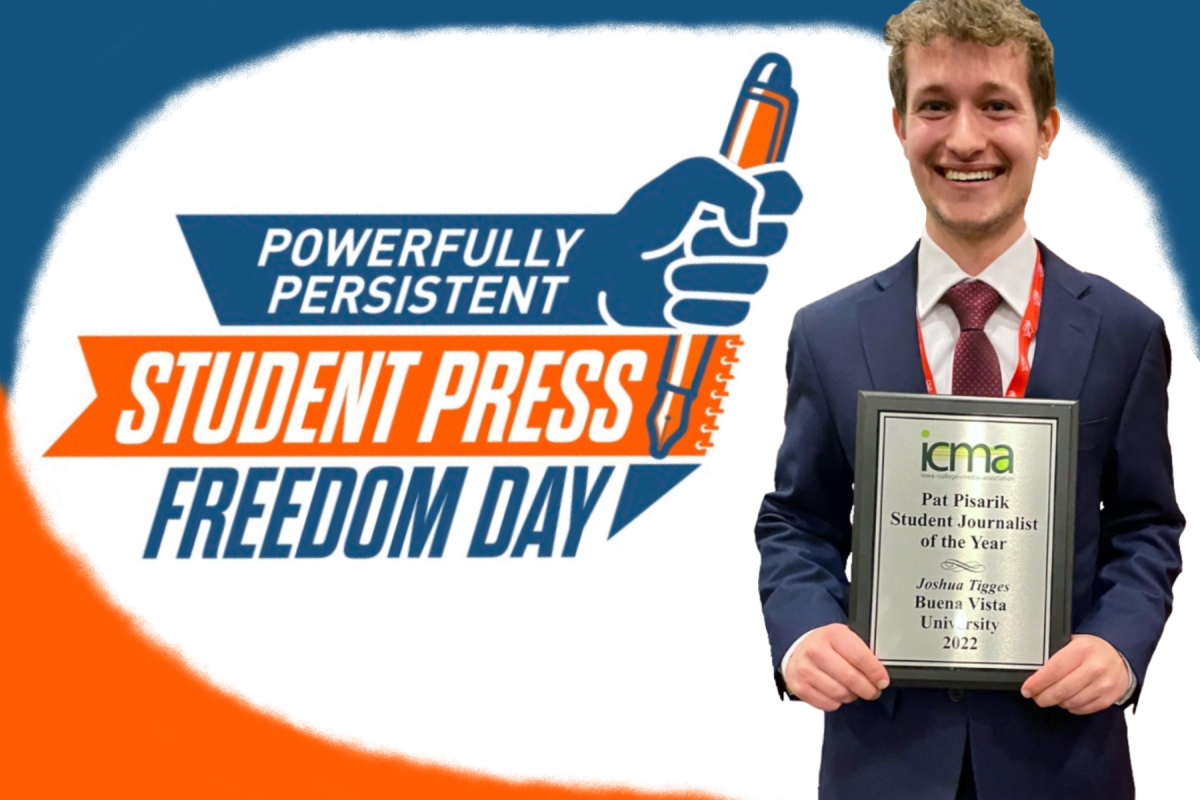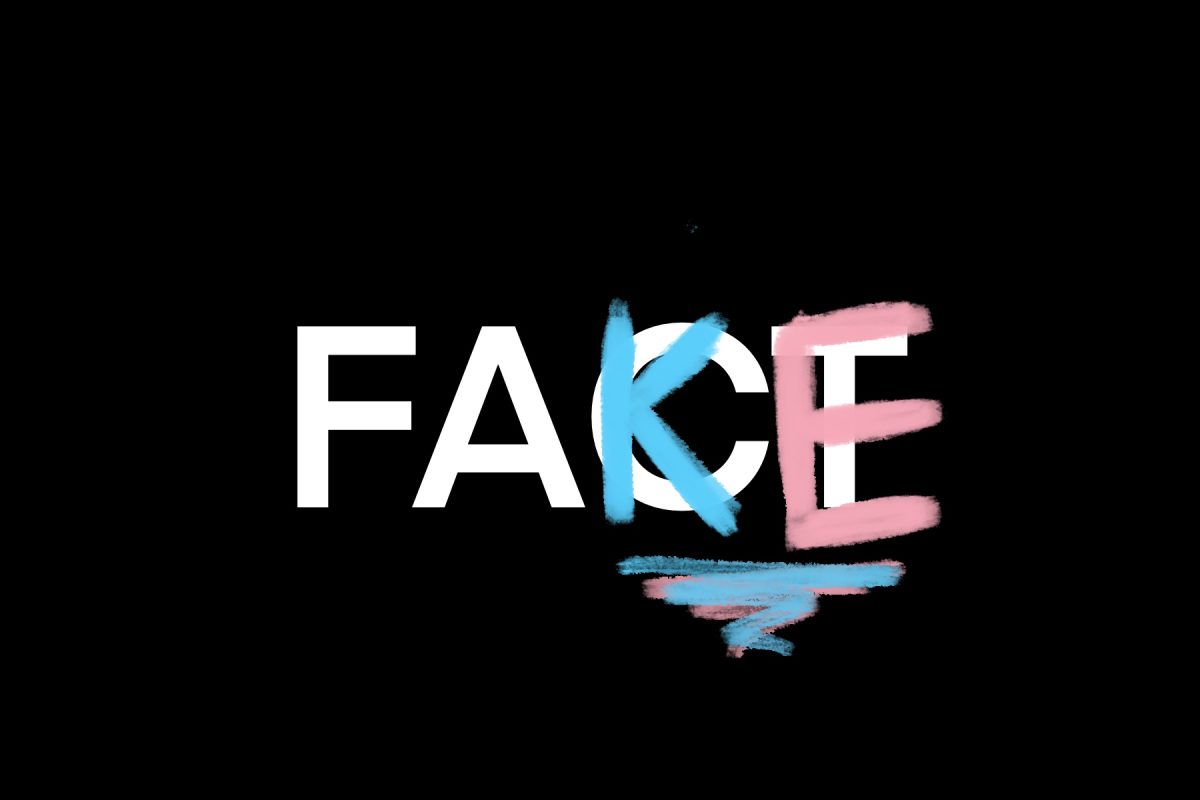Samantha Hirschman | Assistant News Co-Editor
Many people are familiar with the gender wage gap. The gap is determined by comparing the median wage of men and women. For example, when you line up the wages of all men and all women, the middle number for women is 77 cents lower for every dollar men make.
Patricia Arquette’s speech during the Oscars worked as a trigger for the conversation about the gap. I feel that having someone famous make a statement about equality will only continue to enlighten the world about the inequalities.
“To every woman who gave birth, to every taxpayer and citizen of this nation, we have fought for everybody else’s equal rights. It’s our time to have wage equality once and for all and equal rights for women in the United States of America.”
In order to get the opinions of BVU students, an experiment was conducted through Yik Yak. The Yak was posted: “Is gender wage gap a real thing? Up vote yes. Down vote no.” As of 7:00pm on March 2, 2015, there had been over 60 votes and the score was 41. This shows that the majority of BVU believe the gap is real. Since BVU has a higher percentage of women, I expected to see a positive end number.
On the Yik Yak post, I received a comment referring to an article entitled “The ’77 Cents on the Dollar’ Myth about Women’s Pay” in the Wall Street Journal. The article states, “The BLS reports that single women who have never married earned 96% of men’s earnings in 2012.” In the comment, the person stated, “That still isn’t great, but probably not the biggest issue. […] There are bigger gender inequality issues than that.” I agree there are other important issues, however the wage gap is a priority, especially since women make up 50.9% of the United States population, according to census.gov. I do not believe that women should have higher pay than men when working in the same occupation, but instead, men and women should receive equal pay.
When working for the state, employees’ salaries can be looked up. My mother, for example, works at Cherokee Mental Health Institute (CMHI), a state-governed facility. My mother had worked at CMHI for almost two years when a man began working there. Later, she noticed that he began working at a higher salary than she had after the two years she had been there. This is unfair. I think that men and women should start at the same wage when working at the same position. It is especially unfair because my mom had already been there for multiple years before he started.
Another comment on the Yak said, “It’s really hard to say because there are a lot of factors men supposedly will work volunteer to work late more and bargain for a raise. Saying gender wage gap is just click bait.” Yes, there are factors that play into a woman and man’s situation that differ from each other. However, the gap is based on the median of women’s wages and the median of a man’s wages. When comparing the two medians, the women’s median wage is “x%” of men’s. Currently, the wage gap is at 78.3 percent, according to www.pay-equity.org. On this same website, you can find a timeline of each year’s gap.
While it is true the gap is closing, it is important to realize that the gap is different depending on the occupation. The pay gap is widest in some of the highest paying fields, according to Washington Post article “Five Myths about The Gender Pay Gap.” Female doctors earn 71 percent of what men make, and female financial specialists make only 66 percent. Another example, according to “Behind Arquette’s Oscar Speech: Hollywood’s Pay Gap Looks a Lot Like Ours” in the Wall Street Journal, women earn 91.3% of a male’s earnings in construction occupations, but 56.7% in legal occupations. I feel that it is important for men and women to receive equal amounts of pay in high paying fields. Many of the highest paying fields require the most education.
The Washington Post also states, “Women are still expected to fulfill prescriptions of feminine niceness.” It’s not that women can’t negotiate well; women are perceived badly if they do so. Women don’t bargain a wage or salary because they will be seen as pushy or unappreciative. I completely agree with this. I feel that the gender stereotypes play a large role in the gap. Men are expected to be forward and dominant. Women are still expected to have a friendly appeal. Bargaining and negotiation are actions that have potential consequences for women.
Needless to say, the gender wage gap is still a real thing. It still exists and is still a very big issue. It is important to remember that it varies depending on occupation, but in the broad view of things, women are still being paid a substantial amount lower than men.














Male Matters USA • Mar 4, 2015 at 9:50 am
No doubt most pay-equity advocates think employers are greedy profiteers who’d hire only illegal immigrants for their lower labor cost if they could get away with it. Or who’d move their business to a cheap-labor country to save money. Or replace old workers with young ones for the same reason. So why do these same advocates think employers would NOT hire only women if, as they say, employers DO get away with paying females at a lower rate than males for the same work?
Here are two telling examples showing that some of America’s most sophisticated women choose to earn less than their male counterparts:
“In 2011, 22% of male physicians and 44% of female physicians worked less than full time, up from 7% of men and 29% of women from Cejka’s 2005 survey.” ama-assn.org/amednews/2012/03/26/bil10326.htm (See also “Female Docs See Fewer Patients, Earn $55,000 Less Than Men” http://finance.yahoo.com/news/female-docs-see-fewer-patients-172100718.html)
“…[O]nly 35 percent of women who have earned MBAs after getting a bachelor’s degree from a top school are working full time.” It “is not surprising that women are not showing up more often in corporations’ top ranks.” http://malemattersusa.wordpress.com/2014/04/25/why-women-are-leaving-the-workforce-in-record-numbers/
A thousand laws won’t close those gaps.
“Salary Secrecy — Discrimination Against Women?” http://malemattersusa.wordpress.com/2014/10/27/salary-secrecy-discrimination-against-women/